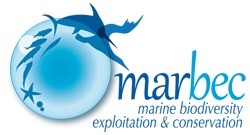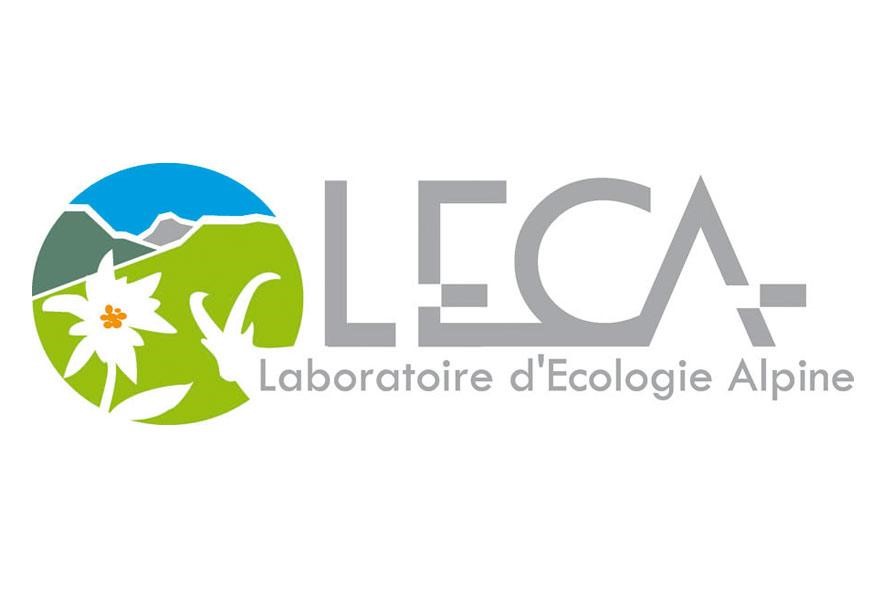Fish-Predict
Fish-Predict project : predicting the biodiversity of reef fishes
Project overview
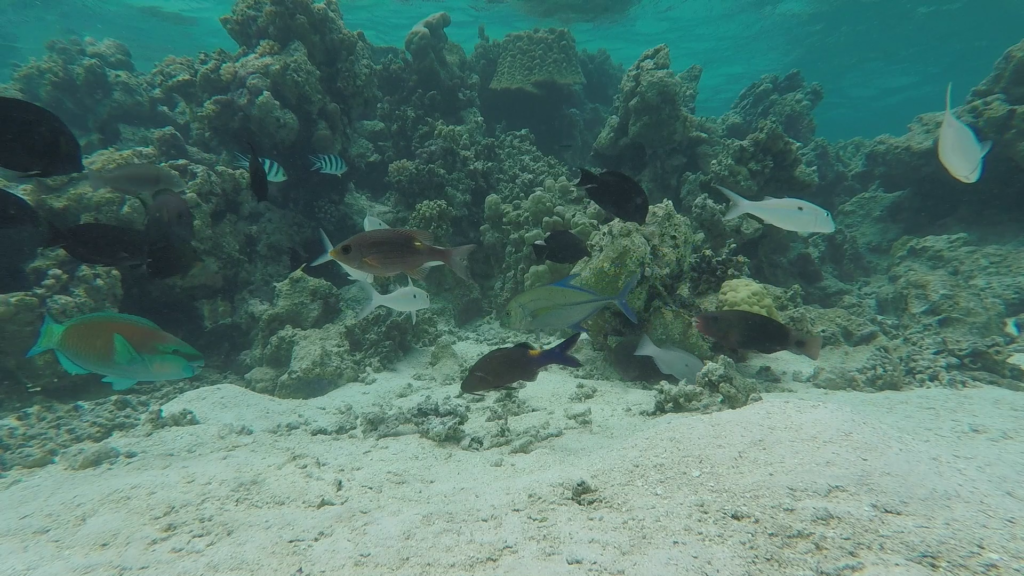
Under ever-increasing threats, the conservation and sustainable management of coastal marine systems pose major challenges that scientists, nations, non-governmental organizations, and stakeholders are now facing.
Surprisingly, we still lack a set of relevant ecological indicators and predictive models that could help to better understand the dynamics of these socio-ecological systems and to better anticipate their future in the context of climate change and overexploitation of marine resources. Combing expertise in both biodiversity and artificial intelligence is a critical step to fill this gap by taking advantage of massive but unstructured datasets on the Mediterranean Sea and Pacific Ocean. Biodiversity specialists will propose new indicators while AI experts will develop new algorithms integrating multiple sources of information across space and time.
Main objectives
- Environmental DNA (eDNA) metabarcoding, which consists of the retrieval and analysis of DNA naturally released by organisms in their environment, has the potential to revolutionize the monitoring of fish biodiversity. This non-invasive method is based on the filtration and analysis of DNA fragments released by species in the water that persist in the environment for about 12 to 24 hours. Yet, only a minority of fish species (25%) are currently present in online available genetic reference databases, limiting the extent to which biodiversity can be revealed by eDNA. Here, we propose to develop an AI-pipeline able to assign eDNA sequences accurately and rapidly to fish species, and, when the species is not identified, to higher taxonomic levels or phylogenetic lineages.
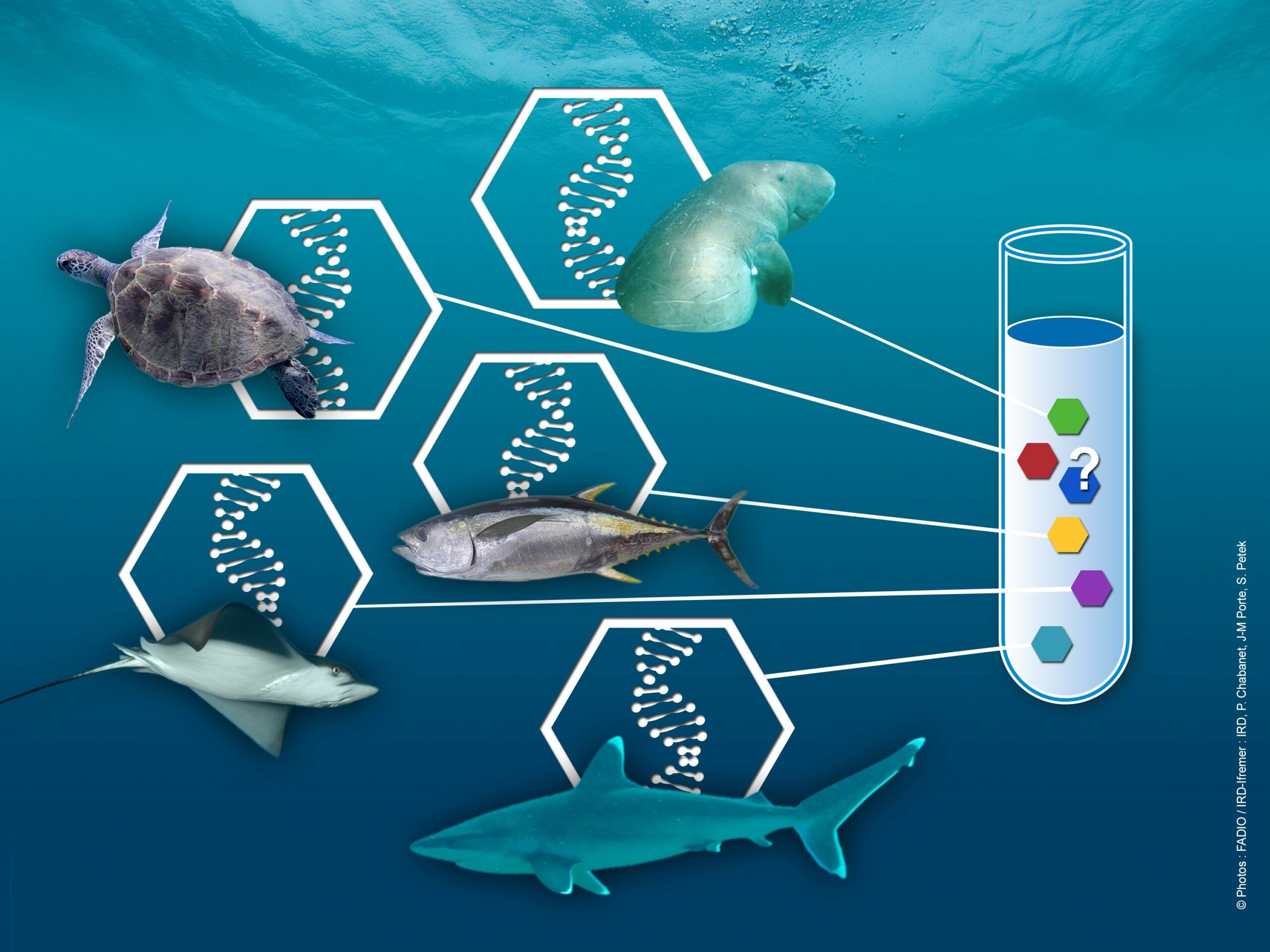
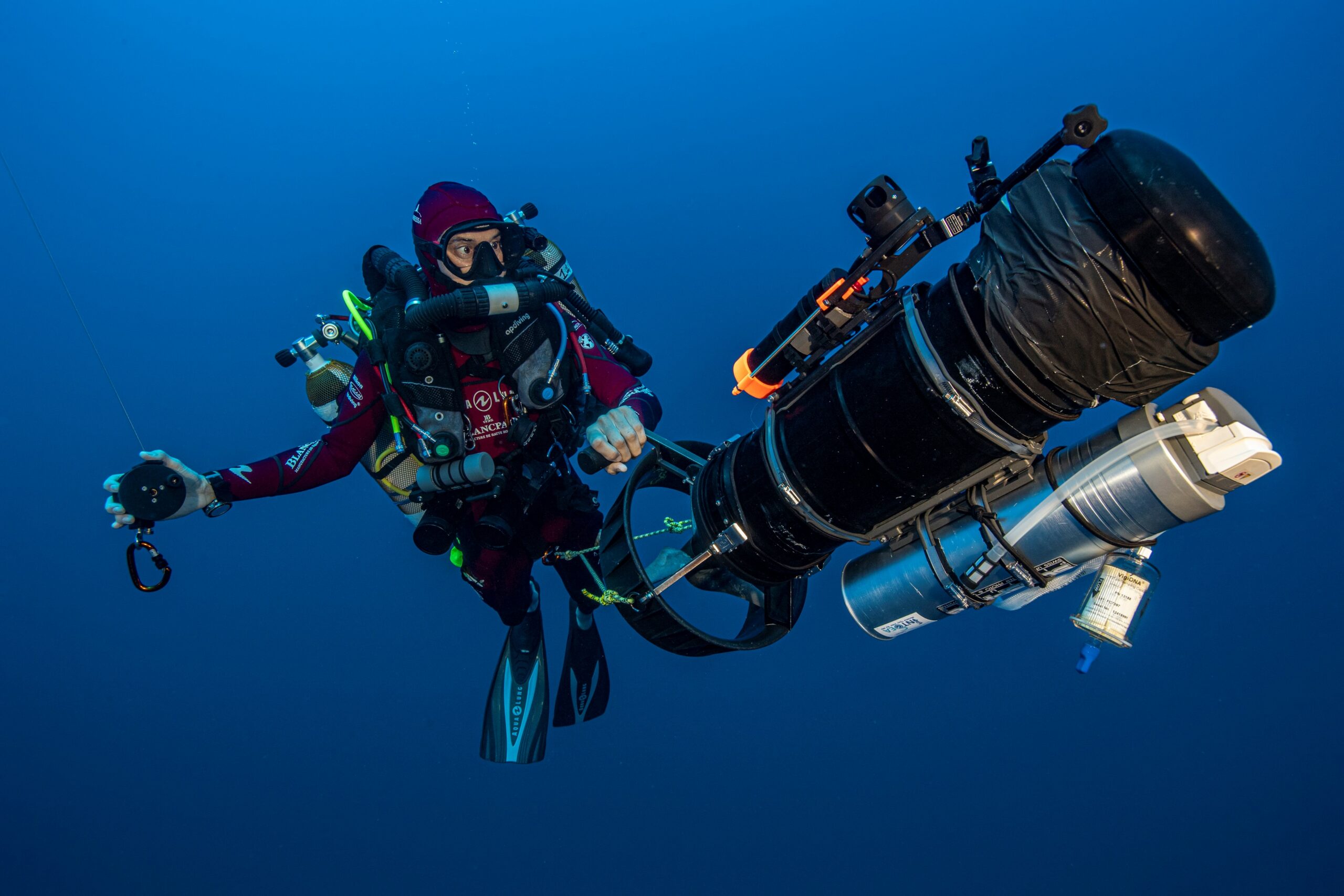
- Underwater visual censuses have limited efficiency since they are constrained by the depth and time scuba-divers can operate, and by the number of expert divers able to accurately identify and count fish. As an alternative, Remote Underwater Videos (RUV) have been increasingly used to monitor reef fishes from shallow (0-40m) to mesophotic (40-120m) reefs. If setting underwater cameras able to record high-definition videos for several hours is an easy task, analyzing manually those massive amounts of videos is highly time consuming which prevents its use for monitoring biodiversity efficiently and at large scale. Here we propose to overcome this limitation by collecting an unprecedented dataset of photos with annotated reef fishes and train novel AI algorithms able to automatically detect and identify fish on videos.

- The most common approach used in ecology to map, understand and predict species and biodiversity distribution is to rely on models based on multiple linear relations and machine learning algorithms. Yet, these methods are sensitive to the dimensionality of the input data, a problem known as the ‘curse of dimensionality’. They also ignore potential interactions between species and most of the information contained in Earth satellite observation data and other sources. Here, we aim to make an important breakthrough by building new hybrid models combining deep neural networks and semantic resource management methods. We will also address the lack of in situ observations for many rare species, thanks to the knowledge of their relationships with the most common species and the socio-environmental context.
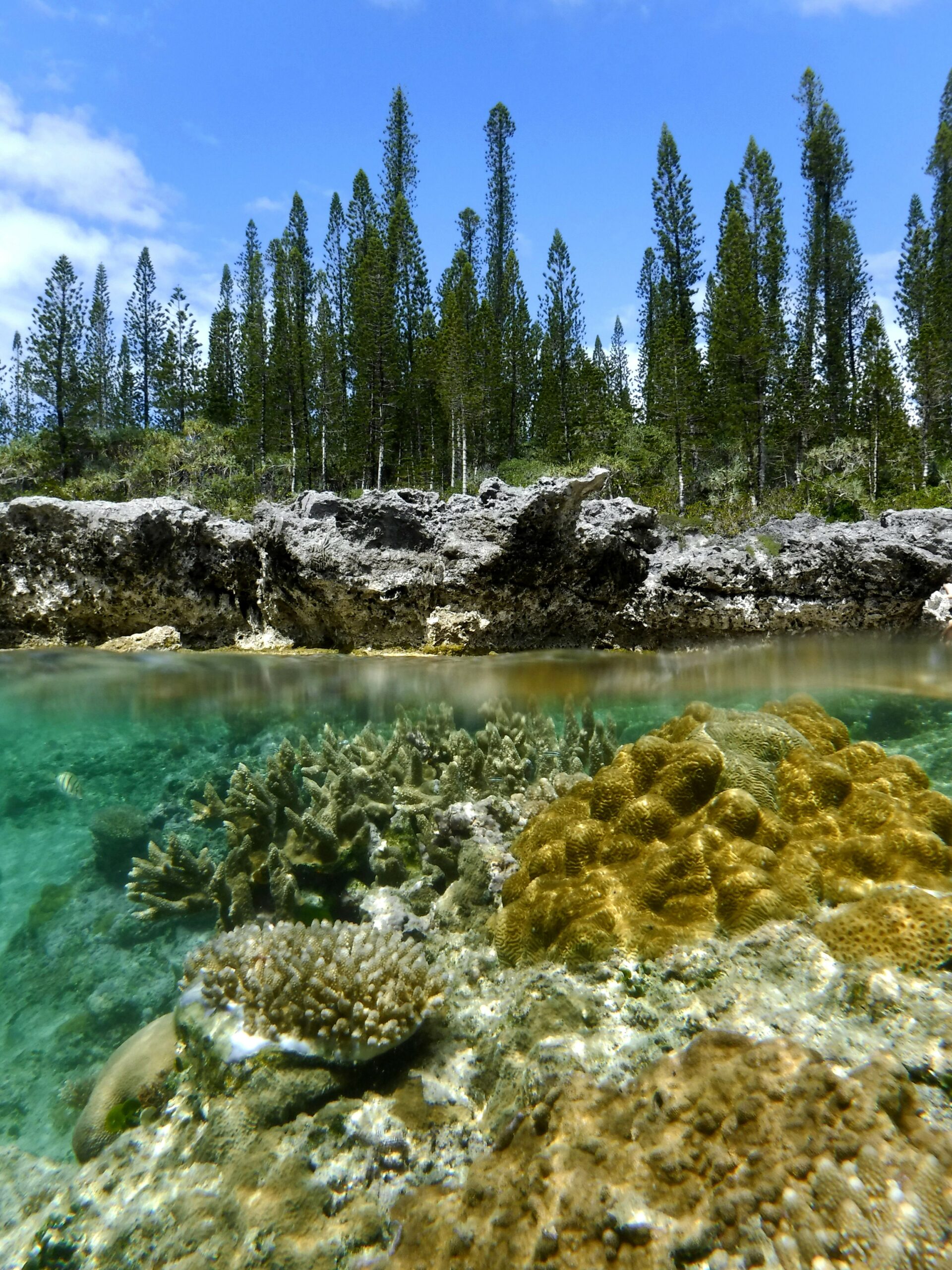
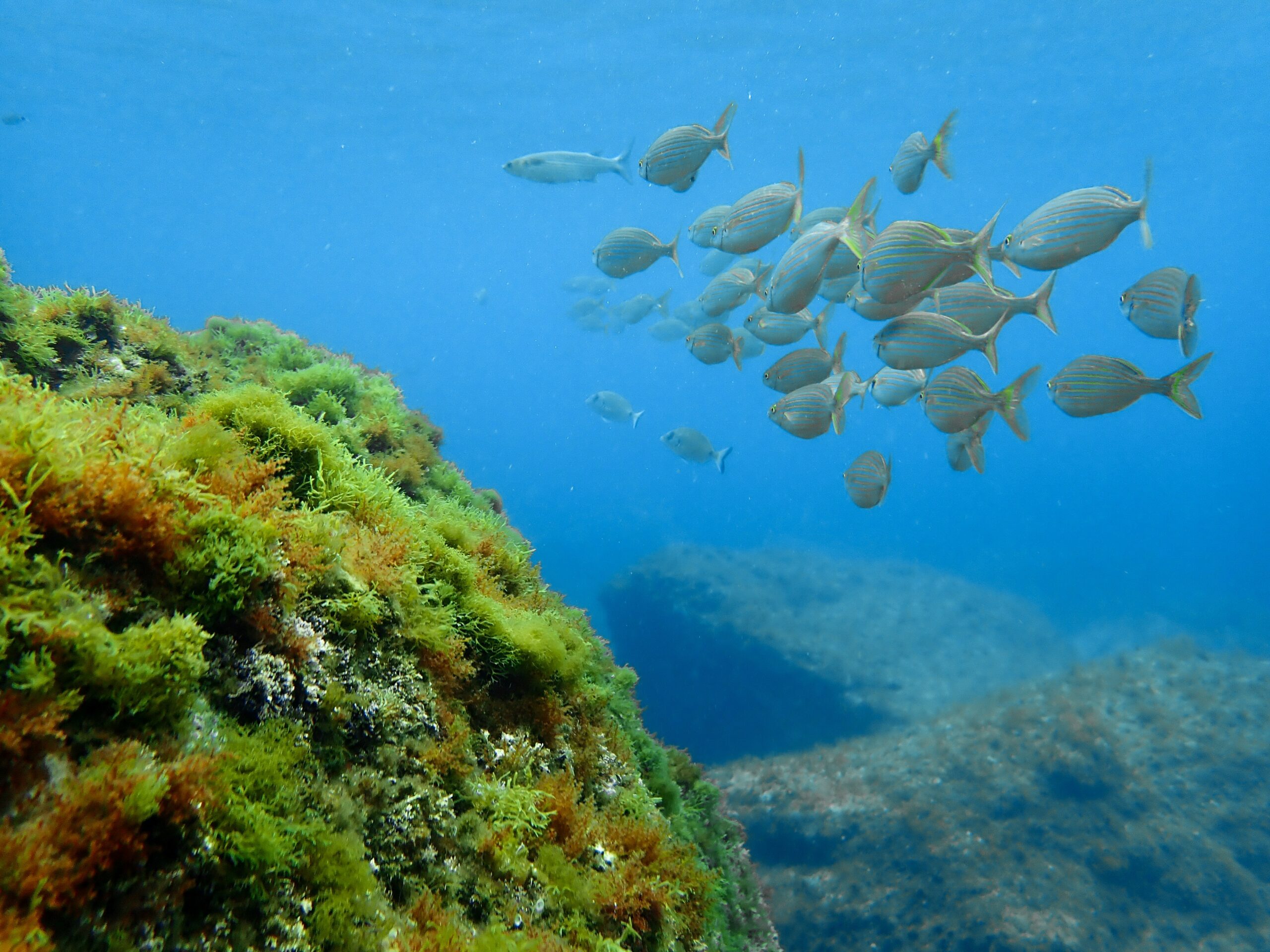
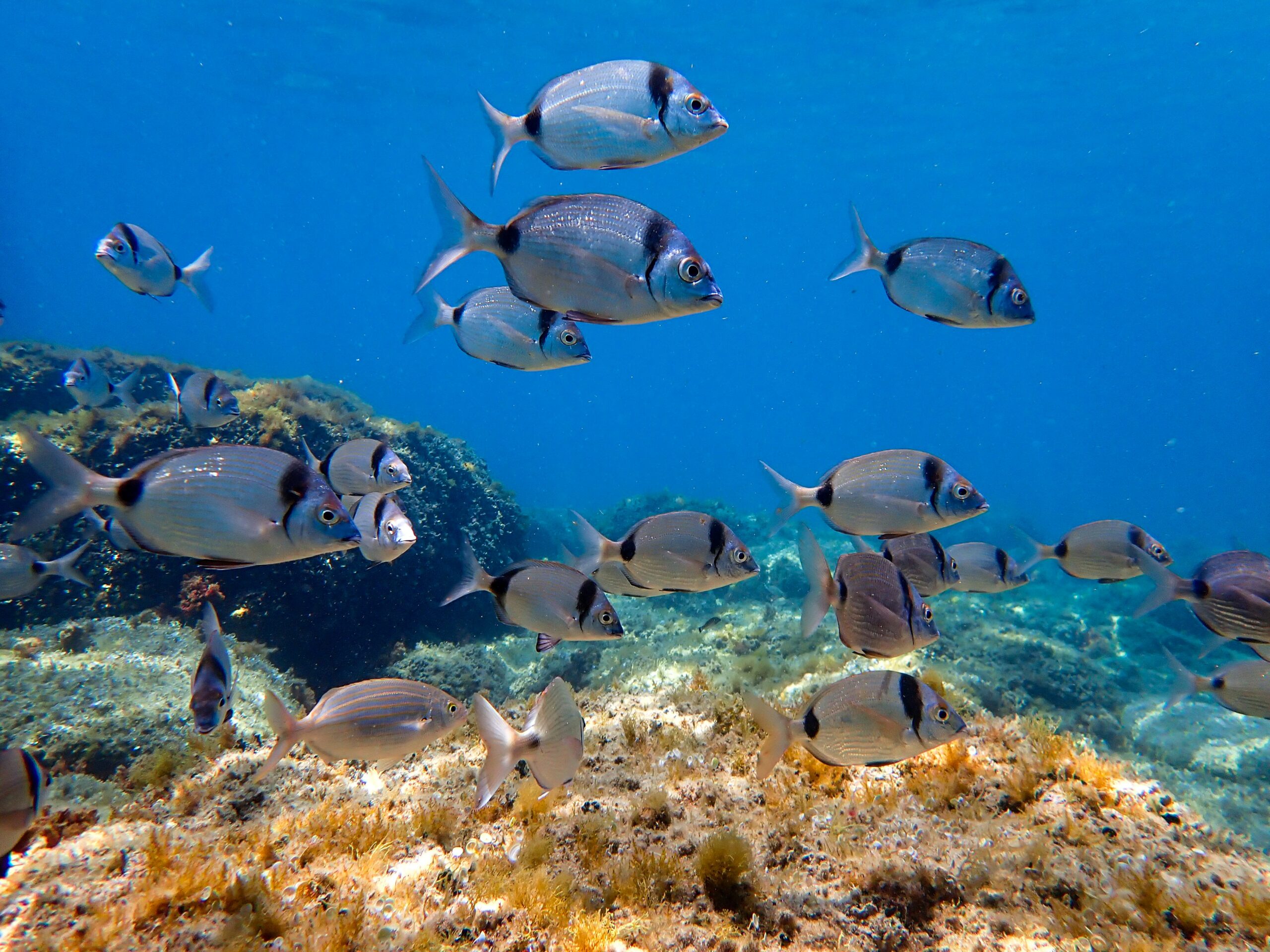
The consortium
MARBEC
The UMR MARBEC‘s raison d’être is to produce and disseminate knowledge, train scientists and provide expertise in the field of marine biodiversity and its uses, mainly in the Mediterranean and tropical marine ecosystems. MARBEC seeks to better understand the dynamics of marine ecosystems through the collection, processing and modelling of a considerable amount of in situ and model-based data.
The project is co-led by MARBEC, which will contribute through its knowledge and databases in marine ecology as well as its expertise in automated processing of underwater videos using Artificial Intelligence approaches to detect and identify fish species.
LIRMM
The Laboratory of Computer Science, Robotics and Microelectronics of Montpellier – LIRMM – is a joint research unit of University of Montpellier and the French National Center for Scientific Research (CNRS). Its research activities fully position the LIRMM at the heart of information, communication and systems science and technology. On the theoretical level, they address the foundations of computing, data science and artificial intelligence, bioinformatics, image analysis and software engineering.
The project is co-led by the LIRMM with an expertise focusing on the use of machine learning, and especially deep neural networks, and probabilistic models applied mostly to species distribution modelling, visual data processing and graph modelling.
ESPACE DEV
ESPACE-DEV is a research unit based in Montpellier with numerous locations in overseas territories and abroad, with the common aim of “characterizing and preparing transitions for the sustainability of the integrated society-environment system”. It is declined on several themes and methodologies rich of the competences with a scientific approach in sustainability science. This directs the research towards approaches anchored in the search for solutions, co-construction with stakeholders, and the development of support and data-sharing infrastructures. Our methodological research is centered around spatial data processing, towards processing chains, indicator research, as well as the analysis, mining and integration of massive heterogeneous data.
ESPACE-DEV will be in charge of using of geospatial sciences and information for improving our understanding of oceans and coastal ecosystems through the use of remote sensing and various types of satellite imagery.
CEFE
The CEFE, based in Montpellier, is one of the most important research laboratories in Ecology in France. It aims to understand the dynamics, functioning and evolution of living organisms, from “bacteria to elephants”, and “from the genome to the planet”. It focuses on three main ambitions: understand the living world in order to anticipate what tomorrow will bring, lead innovations and respond to society’s expectations; practice a “unifying” and diverse science in its disciplinary approaches. The research questions are posed in a context marked by the importance of global change, the development of new technologies for manipulating living organisms, and society’s growing demand for research.
The CEFE will be mainly involved in the analysis of massive data generated by environmental DNA metabarcoding (eDNA). Their expertise in bioinformatics and environmental genomics will allow us to efficiently assign the generated sequences to fish species or to their phylogenetic lineages.
Lab STICC
Lab-STICC, CNRS UMR 6285, is a laboratory based in Britany working “from sensors to knowledge” through a major internationally recognized hub for research in communications systems. The laboratory focuses more generally on microwaves and materials, on communications and circuits, and on tools for knowledge, information, decision-making like models in artificial intelligence.
Lab-STICC will contribute to the project through is expertise in AI for ocean observation and surveillance, especially regarding deep learning models and approaches from space-time dynamics and multimodal remote sensing data.
LECA
The Alpine Ecology Laboratory (LECA) is a Joint Research Unit of the CNRS, the Grenoble Alpes University (UGA) and the Savoie Mont Blanc University (USMB), member of the Observatoire des Sciences de l’Univers de Grenoble (OSUG). LECA’s research aims to understand the mechanisms driving the origin of biodiversity, the spatio-temporal dynamics of biodiversity and the associated functions, and predicting their response to a variety of drivers (climate change, pollution, invasive species, … ). Our work is based on observation (short and long term), experimentation and modelling. We aim at developing new models that predict the response of biodiversity to change. We apply them to solve societal issues related to the valuation of ecosystem services, environmental management, and biodiversity conservation.
In the project, LECA will work on semantic web and knowledge representation of fish in their socio-environmental environment as a way to ultimately select the most relevant indicators of pressure (fishing, climate) and protection effectiveness (reserves or remoteness from humans) but also species interactions. This task will embed multiple knowledge bases into large deep learning models via a form of signal-to-entity attention mechanism feeling new AI hybrid models. The LECA will also actively participate in modeling the distribution of species and their projection in time and space.

